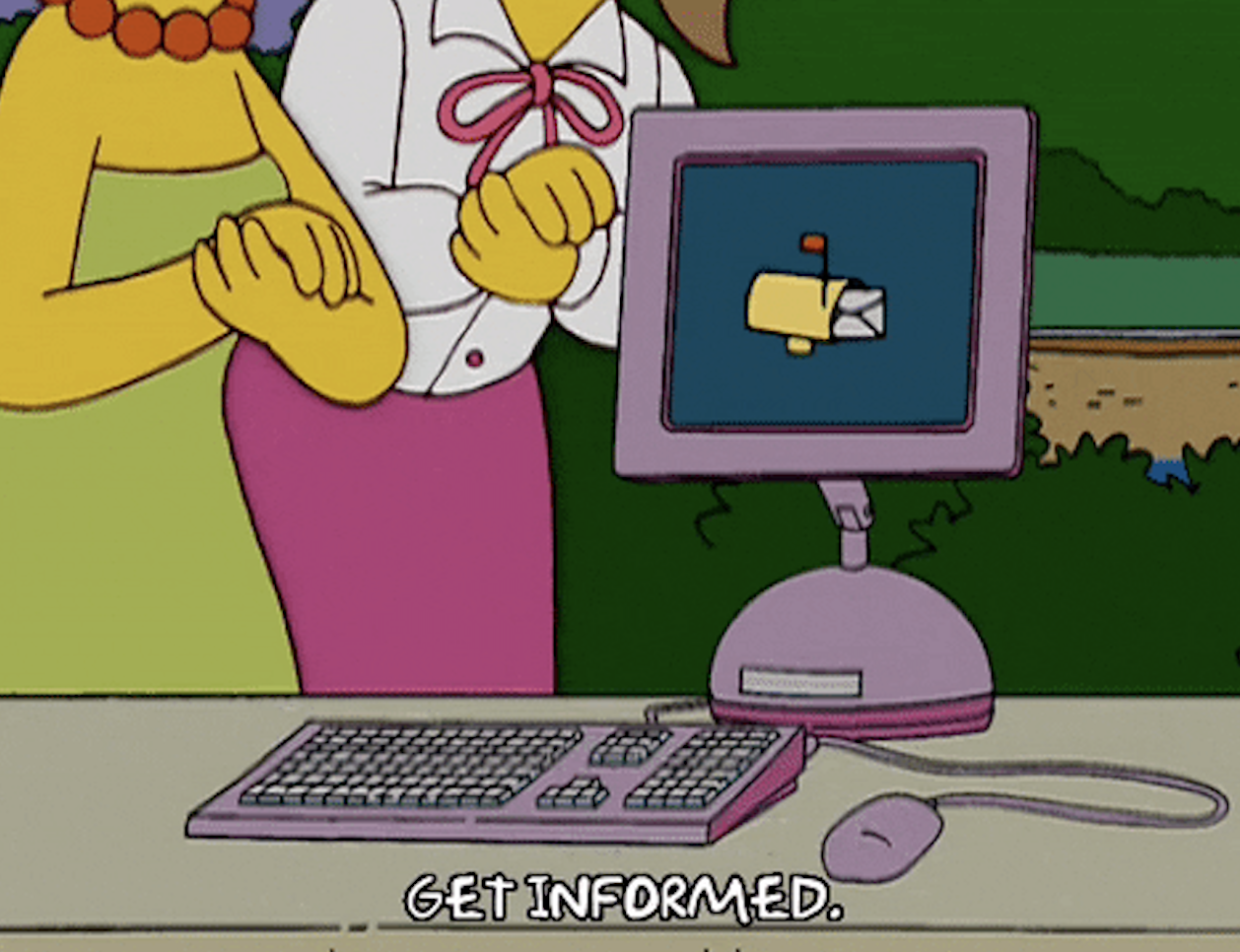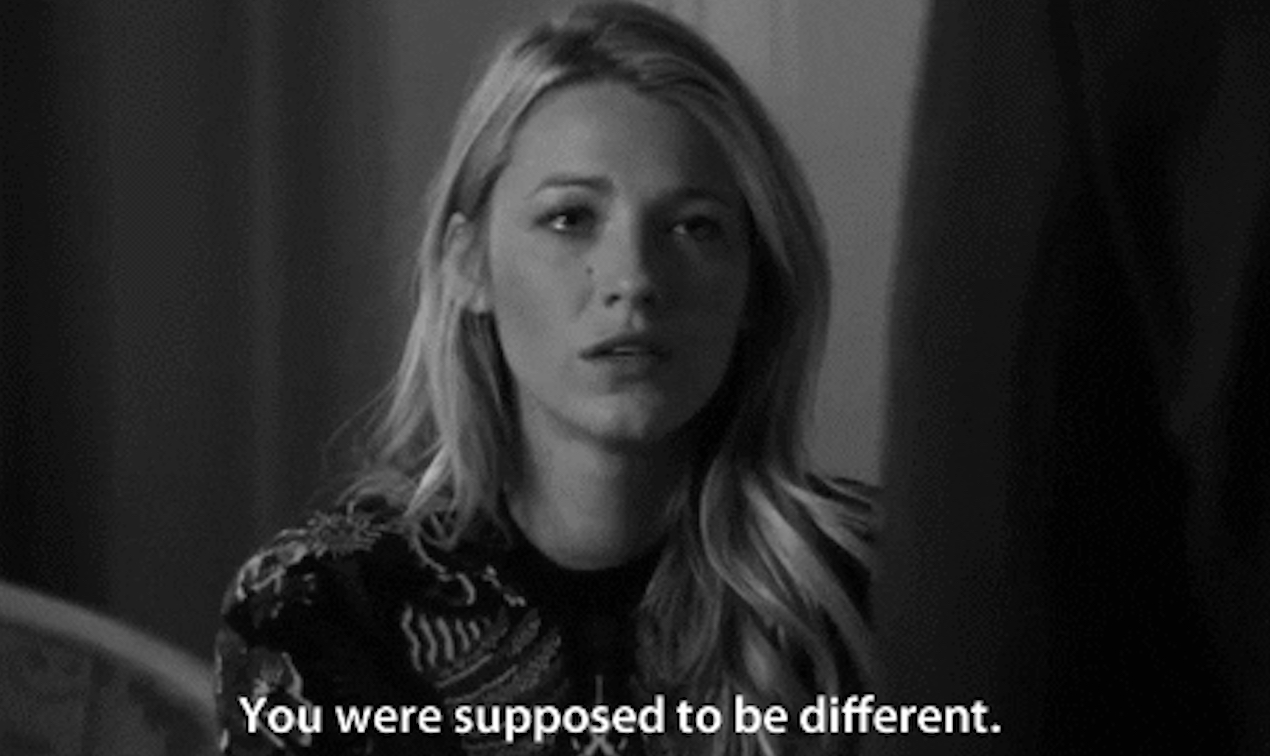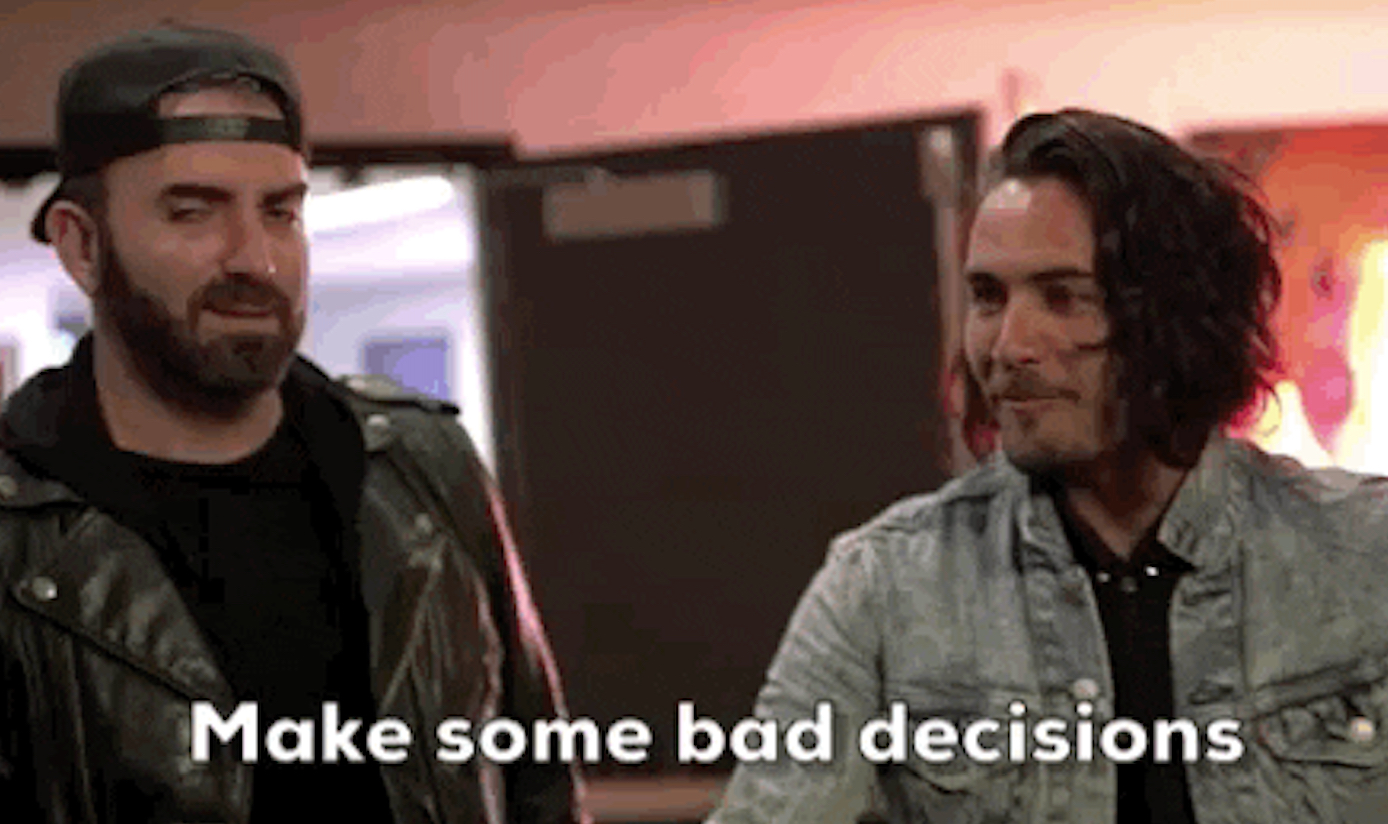This is a free preview of a subscribers-only post.
Hey, there, pardners!
I’ve spent the last six weeks reviewing dozens of submissions from folks hoping to write with us! And so much of what I read was amazing—from fresh-out-of-school grads with writing chops way beyond their years, to long-time operators sharing deep practical knowledge in accessible ways, to industry analysts writing to educate insiders on new perspectives.
🤠, was I impressed!
But it also made me want to share some info about the submissions process! Not just for Every, but for lots of publications and media empires out there.
I’ve reviewed submissions for lots of different kinds of publications in my career, from manuscripts for publishing houses to poetry for lit journals, even a literary agency. And every time I’ve sat down at a new stack of papers (I have cut my fingers on piles of IRL manuscripts, my friends!) I’ve prayed that these writers will have followed some basic rules. But they never do.
The “rules” I’m talking about exist after you submit, too, in the period before you get your answer, and they don’t just frustrate editors, they can significantly impact how your work is judged. They are also totally avoidable. If you’re going to be rejected, it should be for your bad ideas, not your little mistakes! KIDDING!So here’s some submissions guidance! Whether you’re submitting to Every in the future or to some other publication with an essay, article, poem, or short story, this is general advice that will help you avoid avoidable mistakes—you and your future editors will thank me.Rule #1: Follow the instructions
Ok, so many of the rules I lay out below are to correct common mistakes. But some people choose not to follow instructions or guidelines. “But I work in tech,” you might say. “I’m just innovating the guidelines.”Please don’t innovate the guidelines! Let me tell you why they’re so important.
Publications can get hundreds, even thousands, of submissions in a given cycle, and that is why there are always guidelines. Without guidelines, the staff (or, in many cases, the individual) assigned to review submissions would be completely overwhelmed by different formats, tracking down important information, and generally trying to keep it together. Submissions are mostly judged against each other, which means there has to be a consistent baseline of what’s provided by each writer in order to assess the work itself.
And yet, people don’t follow the instructions, from the most basic—“What’s your name?”—to word or page count limits. Sure, some writers just don’t pay attention. Maybe they have a ton of submissions going at once and they just lose track, make mistakes, it’s normal! These people, I’m not talking about you. I’m talking about the guy who reads the instructions, sits back in his chair, crosses his arms, and decides to ignore all of them, saying to himself as he nods at his own gorgeous reflection, “Yeah, I can do better than that.” They think it’ll make their submission stand out more to use a fake name, or not include a crucial piece of information, break the page limit, send a book-length sample when 500 words were requested, or submit on a topic that hasn’t been requested—sometimes even saying, “I know you didn’t ask for this topic, but you’ll feel differently when you read mine.” Guess what? No I won’t. And now I think you’re arrogant and entitled, and you’ve wasted my time. Lose-lose, get the booze.
If a publication has asked for something, that’s because it’s what they want. It might seem petty (and I’ve never done this but it happens!), but breaking a formatting rule can result in a tossed submission before it even gets read. Not providing your name means an editor will have to track you down and do a back and forth to get the information they need, which they might decide isn’t worth it. Follow the instructions, I am telling you this for your sake.




